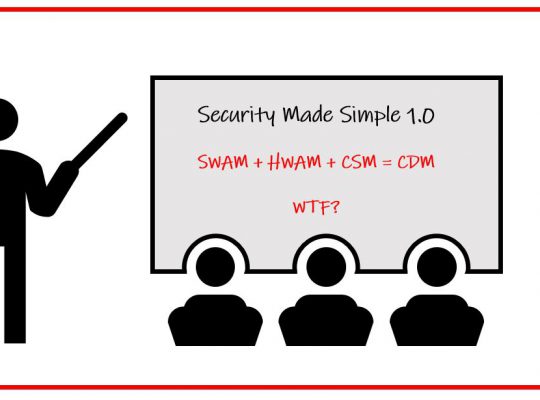I do not hide the fact that I love Lego.
It is a ‘toy’ that has stood the test of time and although I probably had a break in bricks in my teenage/early twenties – I remember the day – on my Son’s second birthday to be exact – when my brother bought him a box of Lego, which brought it back into my life!
It is such a simple concept – but builds into complex ideas and once you get good with it – it can open up a creative mind to all kinds of joy!
Recently I was lucky enough to be invited round to my best mate’s house for lunch and even luckier that his 3 grandchildren were there! Ranging from 1 – 5 years old – their house is complete carnage – but in a good way!
It wasn’t too long before we were roped in to play with tea sets and read books but then out came the box of Duplo. There wasn’t much of it but enough to ignite their imagination and very soon – I was in full flow making a boat then an airplane and finally with a few limited bricks managed to pull out a llama! My mate was impressed (the kids just had fun destroying it as soon as I was building it) and announced, “obviously not your first rodeo!”
The key to success is to know what the blocks do and how to build good foundations. Once you have a good base the World is your oyster and from what could have been all sorts of animals becomes a giraffe, dog, cat or in my case – llama. Not your average pet admittedly and it did get an ‘oooooh’ before it was ceremoniously dismantled by a 2-year old thug.
Building blocks are the key. Once you have good foundational skills – the opportunities open up – and all you need to do is find your direction and layer the amazing bits on top.
I have written before about transferable skills being the key to great cyber skills and the building blocks you can work with.
Foundational skills, primarily in English and Maths and then potentially a STEM subject makes a great platform to build cybersecurity skills onto. Notice that I didn’t really mention IT skills – although they are very important too in the right place.
You don’t need to be a nerd. You just need to understand the inner nerd in you and be able to harness that passion when the time is right. But you do need to understand the basics.
Apparently, Lego has been around since 1932 (which is longer than me) and has developed into a very advanced and technical ‘toy’. However, the basics remain the same. Know the blocks and build on good foundations.
Computers, networks and data have been around for even longer and have advanced into very technical and advanced systems. The creation and security of these systems is all built on knowing the basics and building on these good foundations.
Just like Lego – information systems and technologies continue to expand and explore other avenues and as a cybersecurity professional you have to adapt and overcome the hurdles along the way. But once you have the foundational skills – it all becomes a lot easier to deal with more advanced problems.
Like all things in life, you have to learn to walk before you can run and know your limitations. However, your limitations are largely down to how much time and effort you want to put into something.
Cybersecurity bootcamps and apprenticeships are a great way to learn the building blocks and foundations for a future career which will definitely allow you to put layers of skill on top. Whether that be as an engineer, analysts or defend & responder – the sky is the limit when it comes to what you could potentially achieve.
It is a constantly changing playing field but with good foundations you too could build a llama.
Lego long and prosper!
Author note: I have no affiliation with Lego – and they did not sponsor me (other brick toys are available) in the writing of this post. However, If they want to send me the latest Concorde set – I would be more than happy to review that). #not too proud to beg.







